Geotechnical risk assessment is essential in construction and engineering, where understanding ground conditions can make the difference between success and failure. Various tools are available to help professionals evaluate and manage risks such as soil instability, groundwater issues, and potential site hazards. By utilizing these tools, engineers can make informed decisions, reduce risks, and ensure the safety and efficiency of their projects. This article looks at some of the most effective geotechnical risk assessment tools used today.
1. FlyPix AI
At FlyPix AI, we offer advanced geotechnical risk assessment tools by leveraging artificial intelligence to analyze geospatial data. Our platform enables users to detect objects, monitor changes, and identify anomalies within satellite and aerial imagery. This capability is particularly beneficial for industries such as construction, agriculture, urban planning, and environmental monitoring, where understanding ground conditions is crucial.
Designed with a user-friendly, no-code interface, we allow professionals to create and train custom AI models tailored to their specific needs. Our platform supports various data sources, including drone, satellite, hyperspectral, LiDAR, and Synthetic Aperture Radar (SAR) imaging, providing comprehensive geospatial analysis. We offer a range of subscription plans to cater to different levels of data processing requirements, from individual users to large organizations.
Pricing Plans:
- Basic: The Basic plan is free and includes one user seat, 3GB of storage, and 10 credits. This plan provides limited support and access to the FlyPix AI models for basic analysis and AI model training.
- Starter: Priced at €50 per user per month, this plan offers 10GB of storage, 50 credits per month, and supports processing up to 1 gigapixel. It also includes access to the analytics dashboard and the ability to export vector layers. Support is limited to email responses within five business days.
- Standard: At €500 for two user seats per month, the Standard plan includes 120GB of storage, 500 credits with an additional 100 credits monthly, and supports processing of up to 12 gigapixels. Users have access to advanced features like multispectral data and map sharing, with email support available within two business days.
- Professional: For €2000 per month, the Professional plan supports up to five users and includes 600GB of storage, 2000 credits plus 1000 additional credits monthly, and processing of up to 60 gigapixels. This plan also offers advanced features such as API access, team management, and support via email and chat with a response time of one hour.
- Enterprise: The Enterprise plan offers custom solutions tailored to specific needs, with unlimited user seats, storage, and credits. This plan is designed for large-scale operations requiring extensive geospatial data processing and analysis.
Key Features:
- No code geospatial AI platform for object detection, segmentation, localization, change and anomaly detection
- Supports satellite, drone, hyperspectral, LiDAR, and SAR image types
- Interactive annotation tools to train custom AI models without coding
- Real-time analytics with dashboards, heatmap generation, vector export, change tracking, and collaboration features
- Enterprise-grade support: API access, multispectral processing, expert-assisted QA, white-label options on higher plans
Contact and Social Media Information:
- Website: flypix.ai
- Address: Robert-Bosch-Str. 7, 64293 Darmstadt, Germany
- Phone: +49 6151 2776497
- Email: info@flypix.ai
- LinkedIn: www.linkedin.com/company/flypix-ai
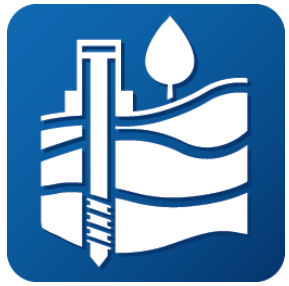
2. gINT
gINT is a geotechnical and geoenvironmental data management software developed by Bentley Systems. It is designed to help engineers and geotechnical professionals manage and analyze subsurface data such as borehole logs, soil tests, and geophysical data. gINT allows users to create customized reports and logs from the same data set, streamlining processes and enhancing subsurface reporting.
The software integrates with other Bentley products such as MicroStation and ProjectWise for better interoperability and data management. gINT also provides advanced reporting capabilities, enabling users to generate complex reports for various types of geotechnical data, including lab tests and field data. It is a versatile tool for handling and reporting subsurface data for large-scale geotechnical and civil engineering projects.
Pricing Plans:
- gINT Logs: Geared towards basic subsurface data reporting, such as borehole and well logs.
- gINT Professional: Offers enhanced interoperability and expanded report options for borehole logs and other geotechnical data.
- gINT Professional Plus: Adds advanced features like Microsoft SQL Server support for multi-project reporting and centralized data management. For more detailed pricing information contact Bentley Systems directly.
Key Highlights:
- Customizable geotechnical data management and reporting
- Integration with MicroStation and ProjectWise
- Supports various geotechnical data formats
- Efficient workflow for managing large subsurface projects
- Advanced reporting tools for logs, fences, graphs, and maps
Contact and Social Media Information:
- Website: www.bentley.com
- Address: 685 Stockton Drive, Exton, PA 19341, United States
- Phone: +1 800 236 8539
- LinkedIn: www.linkedin.com/company/bentley-systems
- Twitter: x.com/bentleysystems
- Facebook: www.facebook.com/BentleySystems
- Instagram: www.instagram.com/bentleysystems

3. PLAXIS
PLAXIS is a finite element analysis software developed by Bentley Systems, designed for geotechnical engineering applications. It helps engineers model and simulate soil-structure interactions, including surface and underground excavations, foundation designs, embankments, and tunnels. The software provides detailed insights into the behavior of soil and rock under various loading conditions such as static, dynamic, and seismic forces, making it a valuable tool for complex geotechnical projects.
PLAXIS supports both 2D and 3D modeling, providing engineers with advanced simulation capabilities for more accurate and realistic assessments of stresses, displacements, and soil behavior. The software is widely used in the civil, mining, and energy sectors to ensure the stability and safety of infrastructure projects by evaluating ground movements and structural responses under different conditions.
Pricing Plans:
- PLAXIS 3D: Starting at $11,083 – Basic functionality for everyday deformation and safety analysis of soil and rock.
- PLAXIS 3D Advanced: Starting at $14,831 – Includes advanced features like creep or flow-deformation coupling and consolidation analysis.
- PLAXIS 3D Ultimate: Starting at $18,182 – Adds capabilities to analyze the effects of vibrations and simulate time-dependent hydrological variations.
- Geotechnical Analysis 3D WorkSuite: Starting at $20,885 – Combines PLAXIS 3D Ultimate with GeoStudio 3D Advanced for comprehensive geotechnical analysis.
Key Highlights:
- Comprehensive 3D geotechnical analysis capabilities
- Supports advanced features like time-dependent groundwater flow and vibrations analysis
- Provides robust modeling for soil-structure interactions and foundation designs
- Suitable for complex civil engineering, mining, and energy projects
- Offers tools for both static and dynamic simulations
Contact and Social Media Information:
- Website: www.bentley.com
- Address: 685 Stockton Drive, Exton, PA 19341, United States
- Phone: +1 800 236 8539
- LinkedIn: www.linkedin.com/company/bentley-systems
- Twitter: x.com/bentleysystems
- Facebook: www.facebook.com/BentleySystems
- Instagram: www.instagram.com/bentleysystems

4. GeoStudio
GeoStudio, developed by Seequent, is a suite of geotechnical software tools used for modeling and simulating soil and groundwater behavior. It offers modules for slope stability, seepage analysis, and heat flow, helping engineers assess geotechnical risks in various construction and environmental projects. GeoStudio’s flexibility allows users to combine multiple analyses, such as sensitivity analyses and time-dependent simulations, into a single modeling project, making it efficient for large-scale and complex geotechnical evaluations.
The software supports both 2D and 3D modeling, providing engineers with the ability to simulate and analyze ground behavior in greater detail. GeoStudio is fit for projects that require a deep understanding of groundwater flow, stability, and the impact of construction on soil structures. It is commonly used in civil engineering, environmental monitoring, and geotechnical risk management.
Pricing Plans:
- GeoStudio 3D: USD $7,770 (excl. tax). Includes slope stability and groundwater flow analysis in 3D.
- GeoStudio 3D Advanced: USD $11,655 (excl. tax). Includes advanced features like transient groundwater flow and pore-water pressure analysis.
- Geotechnical Analysis 3D WorkSuite: USD $20,885 (excl. tax). Combines GeoStudio 3D Advanced with PLAXIS 3D Ultimate for a comprehensive geotechnical solution.
Key Highlights:
- Comprehensive geotechnical analysis for both 2D and 3D modeling
- Supports advanced groundwater flow and slope stability analysis
- Allows for complex time-dependent simulations and sensitivity analyses
- Integrates seamlessly with other Seequent and Bentley software
- Helps visualize subsurface conditions and assess geotechnical risks in real-time
Contact and Social Media Information:
- Website: www.seequent.com
- Address: 112 4 Ave SW, North Tower – 18th Floor, Calgary, Alberta, T2P 3N3
- E-mail: support@seequent.com
- LinkedIn: www.linkedin.com/company/seequent
- Twitter: x.com/seequentglobal
- Facebook: www.facebook.com/seequent.software
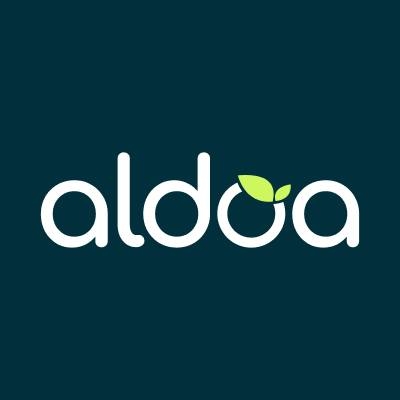
5. Aldoa
Aldoa provides data management and reporting solutions tailored for consulting and engineering firms. It helps streamline the process of field data collection, aggregation, and technical report generation by offering a centralized platform that integrates real-time data capture from the field into a cloud-based database. Aldoa’s software enables seamless collaboration between field and office teams, reducing the time spent on administrative tasks and eliminating errors from manual data entry. The platform also offers AI-powered tools for faster and more accurate field data collection, report generation, and data validation.
Aldoa’s key focus is on improving efficiency and accuracy in the data management process, especially in industries like geotechnical engineering, materials testing, and environmental consulting. By automating many aspects of data handling and reporting, Aldoa helps firms save time and reduce costs while ensuring high-quality data inputs.
Pricing Plans:
- For more detailed pricing information contact sales directly.
Key Highlights:
- Focuses on project management for geotechnical and civil engineering projects
- Streamlines workflows for data collection and report generation
- Improves collaboration between teams
- Helps reduce administrative overhead
- Suitable for consulting and engineering firms
Contact and Social Media Information:
- Website: www.aldoa.com
- LinkedIn: www.linkedin.com/company/aldoa
- Facebook: www.facebook.com/AldoaInc
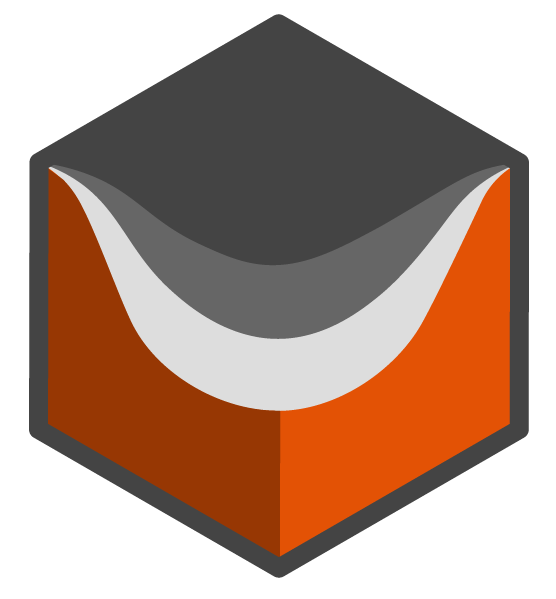
6. Settle3
Settle3, developed by Rocscience, is a geotechnical software tool used for analyzing settlement and consolidation in soil mechanics. It is commonly used to evaluate the settlement of embankments, foundations, and surface loads. Settle3 allows engineers to perform primary and secondary consolidation analysis, as well as immediate settlement evaluation. The software offers features for creating soil profiles using point cloud imports and borehole data, and it supports various geotechnical testing methods like CPT and SPT to provide detailed insights into settlement behavior.
Settle3 also supports ground improvement techniques such as soil replacement and dynamic compaction, providing engineers with tools to simulate and analyze the impact of these methods on settlement reduction. Additionally, it includes advanced features for liquefaction analysis, using CPT, SPT, or shear wave velocity data, making it a comprehensive solution for managing geotechnical risks related to soil and foundation stability.
Pricing Plans:
- Personal Lease: $1,299 USD/year. One seat, one user device, cloud-hosted licensing, managed in the RocPortal.
- Flexible Lease: $2,099 USD/year. Multiple seats, five user devices per seat, cloud-hosted licensing, managed in the RocPortal. Local server hosting available upon request.
Key Highlights:
- Analyzes immediate settlement, primary, and secondary consolidation for foundations and embankments
- Supports CPT and liquefaction analysis with multiple parameter results
- Flexible ground improvement methods including soil replacement and dynamic compaction
- Integrates borehole data from RSLog for easy soil profile definition
- Provides sensitivity analysis for settlement with adjustable parameters like stiffness and depth
Contact and Social Media Information:
- Website: www.rocscience.com
- LinkedIn: www.linkedin.com/company/rocscience
- Twitter: x.com/Rocscience
- Facebook: www.facebook.com/rocscience
- Instagram: www.instagram.com/rocscience
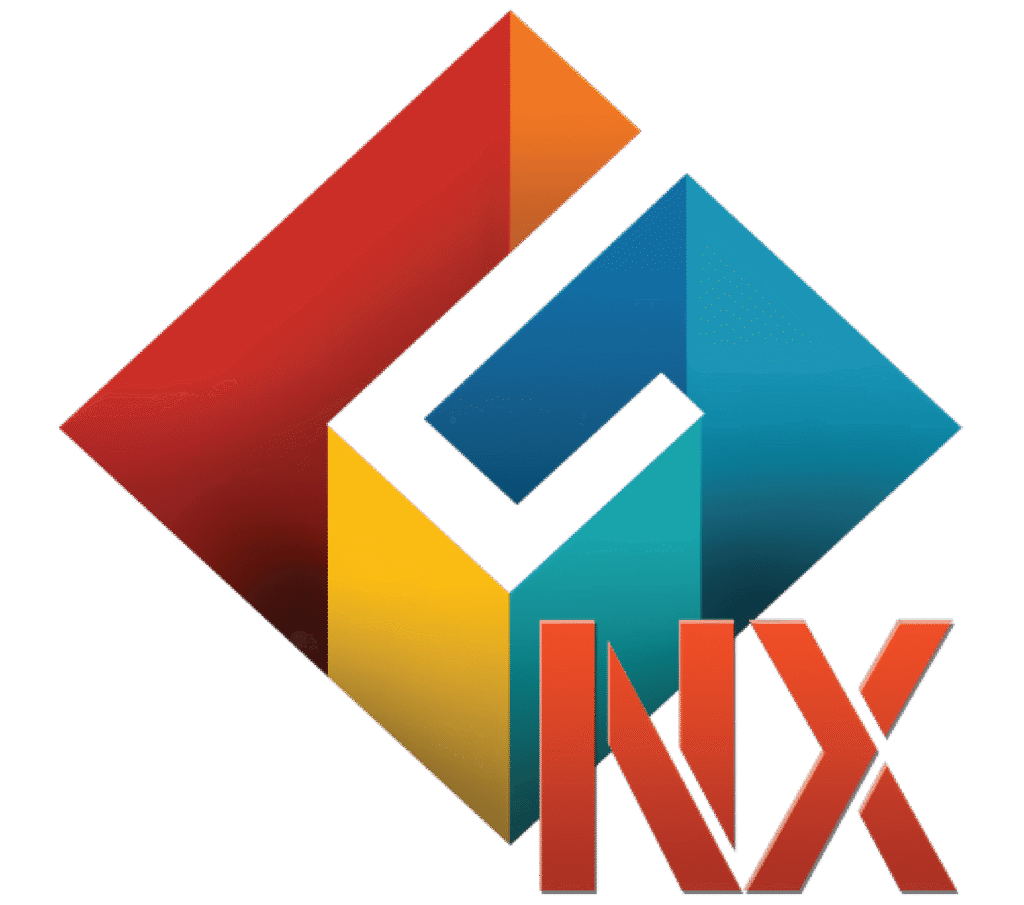
7. MIDAS GTS NX
MIDAS GTS NX is a geotechnical risk assessment tool used for analyzing and simulating soil-structure interactions. It offers both 2D and 3D modeling capabilities, allowing engineers to assess various geotechnical challenges such as slope stability, foundation design, tunnel stability, and groundwater flow. The software enables the modeling of soil behavior under different loading conditions, including static, dynamic, and seismic forces, making it applicable for risk assessment in various construction projects.
MIDAS GTS NX integrates finite element analysis (FEM) to help engineers understand the effects of soil-structure interactions and evaluate the stability and safety of geotechnical structures. It is commonly used for projects where soil behavior, structural interaction, and environmental conditions are critical to the project’s success, such as in the design of foundations, tunnels, and slopes.
Pricing Plans:
- Building your personal plan that will fit for you.
Key Highlights:
- Comprehensive finite element analysis for geotechnical engineering
- Supports both 2D and 3D modeling for complex simulations
- Ideal for foundation design, slope stability, and tunneling projects
- Allows for analysis of soil-structure interactions and groundwater flow
- Integrates with other MIDAS software for complete project workflows
Contact and Social Media Information:
- Website: www.midasuser.com
- Address: 17, Pangyo-ro 228beon-gil, Bundang-gu, Seongnam-si, Gyeonggi-do, Republic of Korea
- Phone: 031-789-2000

8. Maptek PointStudio
Maptek PointStudio is a geotechnical risk assessment tool used for point cloud processing, modeling, analysis, and reporting in open-pit mining, geological, and civil survey applications. The software allows geotechnical engineers and surveyors to efficiently manage large sets of 3D data, analyze geological features, and produce detailed reports to support mining and construction projects. It includes a suite of functionality for point cloud registration, surface modeling, and design conformance analysis, making it suitable for a variety of geotechnical applications.
PointStudio offers various add-ons that extend its capabilities to address specific project needs, such as geotechnical analysis, haul road safety, and design conformance. These add-ons allow users to perform in-depth assessments of soil stability, road conditions, and structural integrity, helping to inform operational decisions in mining and construction.
Pricing Plans:
- Base: US$950/month (excl. tax). Includes point cloud processing, registration, modeling, and reporting for open-pit mining, geological, and civil survey applications.
- Geotechnical Tools Add-on: US$470/month (excl. tax). Allows for geotechnical analysis, including extracting structures and conducting kinematic analysis directly from laser scan data.
- Haul Road Add-on: US$470/month (excl. tax). Provides analysis tools for road safety, berm conformance, and road widths and grade.
- Inter-Ramp Compliance Reporting Add-on: US$470/month (excl. tax). Supports analysis of wall angles and catch bench widths for compliance with site-specific tolerances.
- Design Conformance Add-on: US$470/month (excl. tax). Ensures conformance to established site tolerances or standards for open-pit and quarry operations.
- Fragmentation Analysis Add-on: US$470/month (excl. tax). Allows fragmentation analysis on dense point clouds to identify stability issues and optimize haulage and mill throughput.
- Underground Tools Add-on: US$470/month (excl. tax). Specifically designed for processing underground point cloud data.
- Geotechnical Suite Add-on: US$980/month (excl. tax). Provides access to a comprehensive set of geotechnical analysis tools, including modeling and interpretation of project data.
- Rock Bolt Add-on: US$470/month (excl. tax). Includes tools for reconciling rock bolt distribution and effectiveness in underground settings.
Key Highlights:
- Specialized for 3D point cloud data analysis and modeling
- Supports data from laser scanning, drones, and other surveying tools
- Useful for mining, construction, and geotechnical engineering projects
- Allows for surface modeling and volume calculations
- Integrates with other Maptek software for project workflows
Contact and Social Media Information:
- Website: www.maptek.com
- Phone: +1 303 763 4919
- E-mail: support@maptek.com
- LinkedIn: www.linkedin.com/company/maptek
- Twitter: x.com/maptek
- Facebook: www.facebook.com/Maptek
- Instagram: www.instagram.com/maptek.global
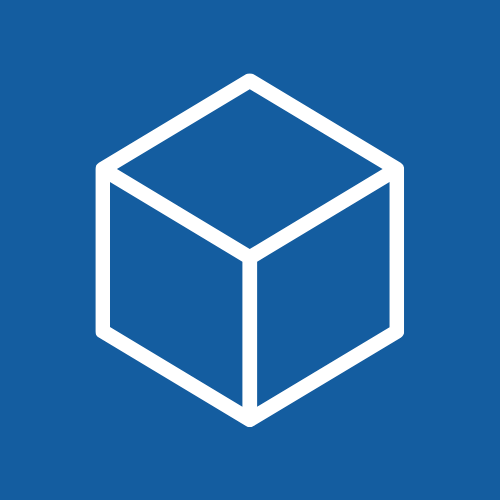
9. SkyCiv Structural 3D
SkyCiv Structural 3D is a cloud-based structural analysis and design software designed for engineers working with steel, timber, concrete, and other structural materials. It provides a comprehensive suite of tools for performing linear, nonlinear, and dynamic analysis. The software allows users to model complex structures and perform various calculations, including seismic, wind, and response spectrum analysis. As a cloud-based platform, SkyCiv allows easy access to data and collaboration across teams, with no installation required and automatic updates ensuring everyone is using the latest version.
SkyCiv is used in a variety of civil, mechanical, and structural engineering applications, providing an efficient way to manage projects and deliver results quickly. It supports various design codes like AISC, ACI, and Eurocodes, and offers a seamless integration with tools such as Revit and Excel for enhanced project management.
Pricing Plans:
- Free: Free, limited functionality.
- Basic: $79/user/month (billed monthly). Essential tools for structural analysis.
- Professional: $139/user/month (billed monthly). Full suite of tools for analysis and design.
- Business: $499/user/month (billed monthly). Up to 15 users, no lockouts, and additional collaboration features.
Key Highlights:
- Cloud-based, allowing remote work and collaboration
- Simple interface for ease of use
- Supports static and dynamic analysis for various structural elements
- Ideal for small and medium-sized projects
- Cost-effective solution for structural engineers
Contact and Social Media Information:
- Website: skyciv.com
- Address: Unit 510, 55 Holt Street Surry Hills NSW 2010 Australia
- E-mail: support@skyciv.com
- LinkedIn: www.linkedin.com/company/skyciv-engineering
- Facebook: www.facebook.com/skycivengineering
- Instagram: www.instagram.com/skycivengineering
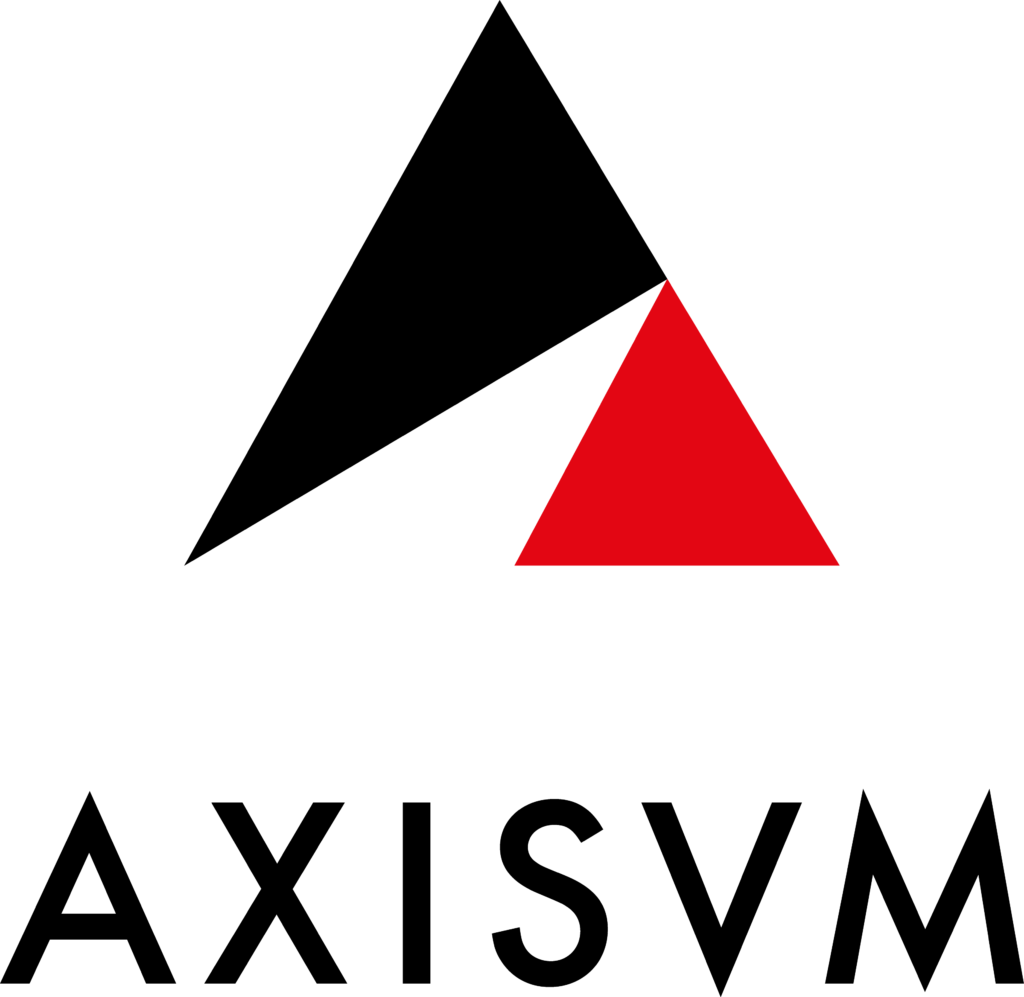
10. AxisVM
AXISVM is a structural analysis and design software used for the modeling and verification of reinforced concrete, steel, wood, and masonry structures. It offers a range of analysis capabilities, including nonlinear finite element methods, plastic material modeling, and both static and dynamic analysis. AXISVM is widely used by structural engineers for its ability to simplify complex tasks such as structural behavior analysis, while providing efficient and reliable results. Its easy-to-use graphical interface speeds up the design process and enhances productivity.
AXISVM is suitable for designing and analyzing a variety of structures, including buildings, bridges, and other civil engineering projects. It supports various international standards and offers tools to model and analyze both simple and complex structures. AXISVM is available in several versions, including a free educational version for students and a light version for learning finite element modeling.
Pricing Plans:
- Free Trial: 30-day trial version available for testing the full capabilities of AXISVM.
- Light Version: Free for basic finite element modeling and analysis. Limited to 40 line elements, 400 surface elements, and 20 load cases.
- Educational Version: Free for university and college students for use in assignments, research, and theses.
- Full Version: Pricing available upon request, contact sales for detailed information.
Key Highlights:
- Nonlinear finite element analysis for structural behavior
- Supports reinforced concrete, steel, wood, and masonry design
- Easy-to-use graphical interface for rapid model creation
- Offers static and dynamic analysis methods
- Available as a free educational version for students and a free light version for learning
- Provides detailed reports and visualization of structural analysis results
Contact and Social Media Information:
- Website: axisvm.eu
- Address: 42 Rákóczi út, Floor V., Budapest, H-1072, Hungary, EU
- Phone: +36 (1) 322-9072
- E-mail: info@axisvm.eu
- LinkedIn: www.linkedin.com/showcase/axisvm
- Facebook: www.facebook.com/AxisVMInterCAD
- Instagram: www.instagram.com/axisvm
Conclusion
The geotechnical risk assessment tools featured in this article represent a broad spectrum of solutions aimed at enhancing safety and efficiency in construction and engineering projects. These tools provide valuable insights into subsurface conditions, helping engineers, architects, and geotechnical professionals assess potential risks related to soil, groundwater, and structural integrity. By leveraging advanced software for modeling, analysis, and data management, companies can better manage geotechnical challenges and optimize the design and execution of projects.
From finite element analysis and 3D modeling to geospatial analysis and real-time monitoring, these tools offer a wide range of capabilities. By choosing the right solution based on project needs and scale, organizations can ensure safer, more cost-effective outcomes, making informed decisions based on accurate geotechnical data and simulations.
